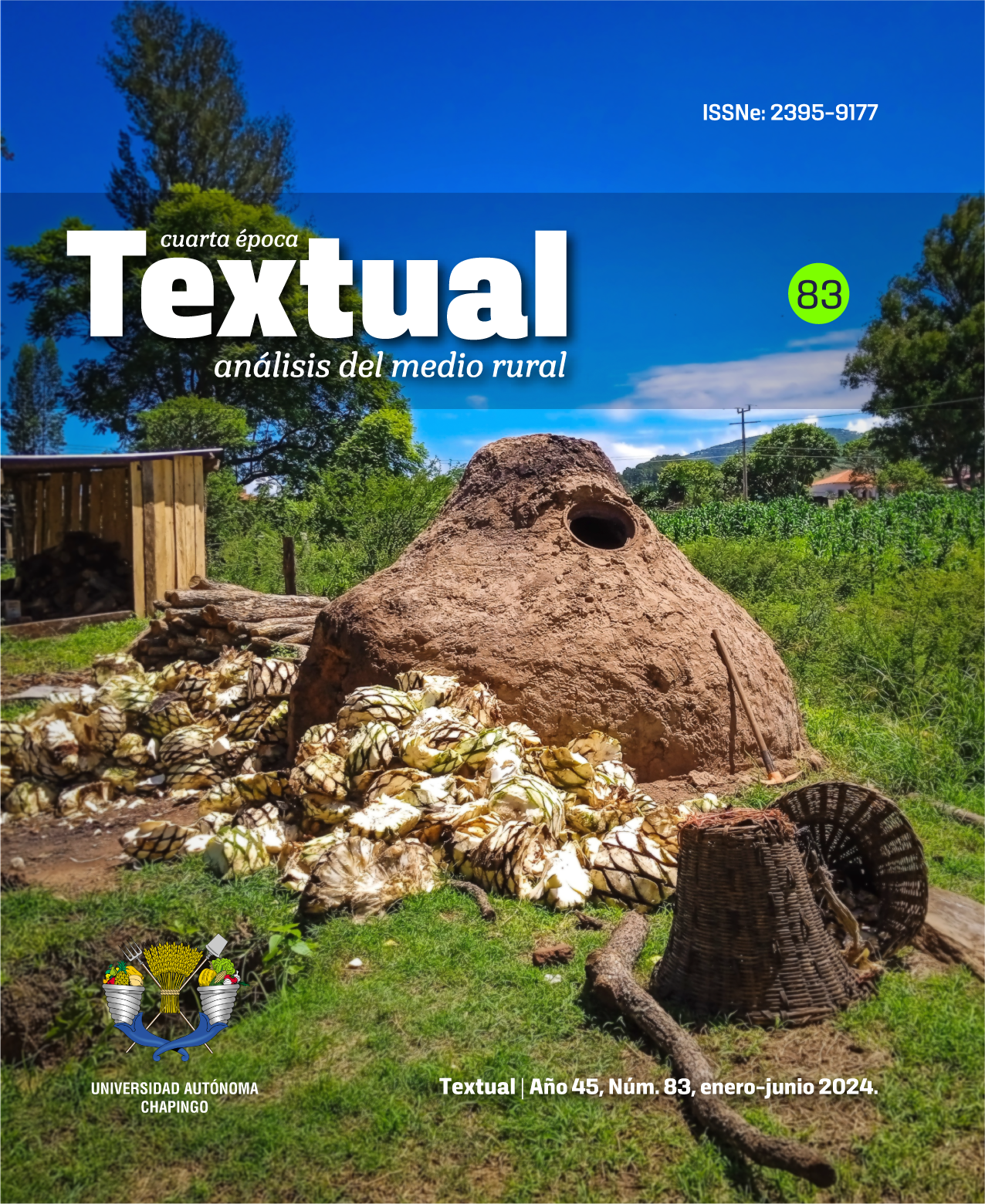Abstract
The genesis of present practices is not necessarily found within the temporal boundaries of a historical explanation model. Often, unique processual imprints reveal more than many are willing to see. This study develops an approach from historical anthropology. Through the historical events of the ancestors of the current inhabitants of Pathé, the process of constituting the meaning of the ritual change of duty bearers is unveiled. This ritual condenses the meanings of the opening and closing of the ritual cycle practiced by the men and women of this community. This spatiotemporal point manifests the realms of the divine, human, and nature. Turner’s social drama proposal serves as an analytical tool to understand this process of symbolization of the mythical-foundational narrative of their patron saint, Saint Luke.
References
Archivo General de la Nación. Dotación de Ejidos.
Comisión Agraria Mixta. Sección Tierras.
Díaz Cruz, R. (1997). Archipiélago de rituales. Teorías antropológicas del ritual. Editorial Anthropos-UAM-I. México.
Diccionario UNESCO de Ciencias Sociales. (1988). V. II. Planeta-Agostini. Barcelona. España.Galinier, J. (1990). La mitad del mundo: cuerpo y cosmos en los rituales otomíes. UNAM-CEMC-INI. México.
Gerhard, P. (1986). Geografía Histórica de la Nue¬va España 1519-1821. Instituto de Investi¬gaciones Históricas. Instituto de Geogra¬fía. Universidad Nacional Autónoma de México, México.
Goody, J. (2006). The Theft of History. Cambrid¬ge University Press. EUA.
Gruzinski, S. (2011). “La segunda aculturación: el Estado ilustrado y la religiosidad indíge¬na en Nueva España (1775-1880)”. Revista de Estudios de Historia Novohispana. Vol. 8. No. 008. Instituto de Investigaciones Históricas. UNAM. México.
Isidro Morales, G. (1994). Pueblos indígenas de México: Otomíes de México. INI. Dirección de Investigación y Promoción Cultural. México.
Lara Bayón, Javier (2003) Arroyozarco. Puerta de tierra adentro. Instituto Mexiquense de Cultura. Toluca, Estado de México. México.
Ricard, R. (2005). La conquista espiritual de Mé¬xico. F. C. E. México.
Segalen, M. (2005). Ritos y rituales contemporá¬neos. Alianza Editorial. Madrid, España.
Smith, P. (1989). “Aspectos de la organización de los ritos” En: Izard, Michel y Smith, Pie¬rre La función simbólica. Editorial Júcar Universidad. Serie Antropología Social. Madrid. España.
Sosa Vega, I. (2011). Pathé: ritualidad patronal de una comunidad del noroeste del Estado de México. Tesis Doctoral, Escuela Nacional de Antropología e Historia. México.
Soustelle, J. (1993). La familia otomí-pame del México central. Centro de Estudios Mexi-canos y Centroamericanos. FCE. México.
Tranfo, L. (1989). Vida y magia en un pueblo oto¬mí del Mezquital. INI. México.
Turner, V. (2002). Antropología del ritual. (Comp. Ingrid Geist) CONACULTA. ENAH. México.
Turner, V. (1999). La selva de los símbolos. Edito¬rial Siglo XXI, México.
Vera, F. H. (1981). Itinerario Parroquial del Arzo¬bispado de México. Y Reseña Histórica, Geo¬gráfica y Estadística de las Parroquias del mismo Arzobispado. Biblioteca Enciclopé-dica del Estado de México. Toluca. México.

This work is licensed under a Creative Commons Attribution-NonCommercial 4.0 International License.
Copyright (c) 2024 Isidro Sosa Vega




